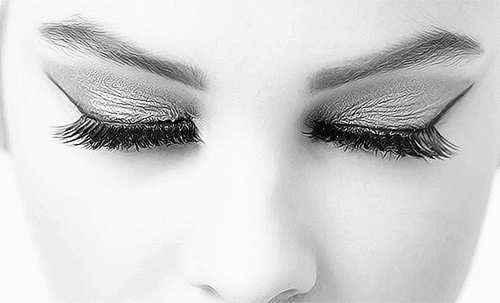If you want to know all about myopia and its types, you are in the right place. Hey Students, today I’m here to make your boring topics of physics syllabus a bit interesting as well as detailed. I know optics is a huge chapter and you don’t want to extend it more but today I’m going to share a few details which will create a lot of your misconceptions regarding myopia. By myopia, you normally know that it’s minus power right? So don’t you want to know about it? Also, if you have a myopic refractive error then I guess you would find this interesting. So let’s get started.

Introduction

The word Myopia is basically derived from a Greek word which means close to eye. Myopia is also termed as short sightedness because it is a type of refractive error in which the parallel rays of light arriving from infinity are focused in front of the retina in which condition of accommodation is at rest.
Types

Types of myopia can be determined according to two categories, one being etiological category and the other being clinical category.
Etiological category
Well, this category is again sub divided into 5 more types of categories. They include – axial, curvatural, index, positional and excessive myopia
i) Axial Myopia – It is one of the most common forms. This type of refractive error is seen due to the increase in axial length of the eyeball. Though like Hypermetropia, we cannot determine the exact change in dioptric value with change in axial length of the eyeball.
ii) Curvatural Myopia – This type of refractive error results from an increase in curvature of various parts of eyes like cornea, lens or both.

iii) Positional Myopia – This usually happens when our crystalline lens is anteriorly subluxated, thereby, making the eye myopic. So you see, the conditions provided in the types of myopia and hypermetropia are completely opposite to each other.
iv) Index Myopia – Well this results due to the increase in the refractive index of our natural crystalline lens followed by nuclear sclerosis.
v) Accommodational Myopia – In this case, myopia occurs due to excessive accomodation which is also termed as spasm of accommodation.
Clinical category

Before starting the clinical category I would like to say that this is going to be far beyond your syllabus, so I’ll not discuss this topic in details. But if you ever pursue Optometry in future for your higher studies then you will definitely get to know about each of the details. Also, if you don’t want to pursue Optometry but still want to know about them then you can google up too. It’s just that your curiosity and eagerness matters. So let’s get started and proceed towards the conclusion of this article.
Clinical category of myopia can again be subdivided into four categories, which include congenital myopia, simple myopia, pathological myopia and acquired myopia.

i) Congenital means something which is present from birth. So in the case of Congenital myopia, a person is myopia since birth. You may find it usual but do you remember that I told you that every individual is Hypermetropic during birth? Hence, Congenital Myopia is an exceptional case but still happens.
ii) Simple myopia occurs within the age of 20 years and it is the most common form of myopia. It’s also known as developmental myopia.
iii) Degenerative or Pathological Myopia – Well it’s easy to understand from the name right? Pathological Myopia is related to a rapid progression in refractive error along with degeneration of ocular parts.
iv) Last is acquired myopia which occurs due to external trauma or surgery.

There are a lot of subdivisions within the clinical category and their clinical features are very interesting too. But as we have already come far away from the syllabus of 12th standard so I won’t proceed further. But as I already said that if you are interested enough to learn more then you can always ask Google right? And if you are interested in knowing the mechanism of near-sightedness then you would get a lot of amazing videos regarding the same on YouTube. So you see, how optics is interrelated with our everyday lives. It’s just not a chapter, it’s a phenomenon which makes us capable of getting the vision right? I would try to come up with more important topics of optics so that you can complete the long chapter more interestingly.

So I hope you liked this article and it wasn’t as boring as the bookish language. But if you found it boring then I’m extremely sorry that I could be a good writer. But still thank you for reading it till the end. And if you liked it then let me tell you that I’ve also written one article for Hypermetropia and its types so you can also go through the same if you are interested. And if you are a myopic then I hope this article was a bit helpful for you guys. May you crack your board exams with good distinctions.




















